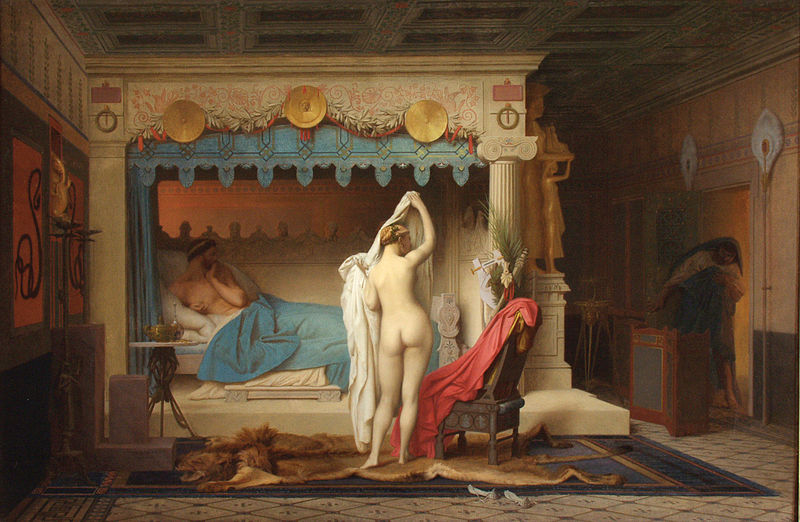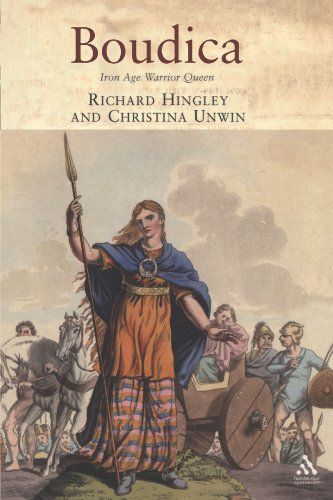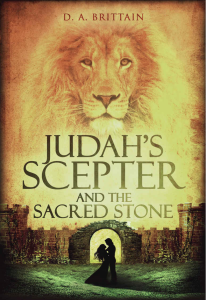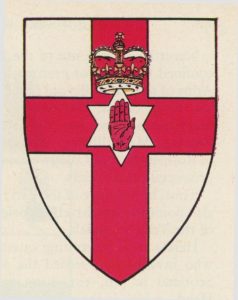Cathbad placed his hand on the woman’s stomach and prophesied that the unborn child would be a girl named Deirdre, and that she would be exceedingly beautiful but would bring about the ruin of Ulster.
FROM THE TÁIN BÓ CUAILNGE
A recurrent theme in stories about the Irish gods is that of the love triangle between an old husband (or fiancé), a young suitor and a young girl. This is probably a disguised myth of sovereignty wherein an old king is challenged by a young claimant to the throne. The young girl in the middle of the triangle may be identified with the goddess of sovereignty, whose power of granting prosperity to the land had to be won by means of sexual union with the young pretender. If the land needed revivifying, the old mortal king had to be deposed in favour of vigorous youth.
Aldhouse-Green, Miranda. The Celtic Myths: A Guide to the Ancient Gods and Legends (Kindle Locations 975-981). Thames and Hudson Ltd. Kindle Edition. (My bolding in all quotations)
We also have Roman testimony that the Celts practised human sacrifice:
They used to strike a human being, whom they had devoted to death, in the back with a sabre, and then divine from his death-struggle. But they would not sacrifice without the Druids. We are told of still other kinds of human sacrifices; for example, they would shoot victims to death with arrows, or impale them in the temples, or, having devised a colossus of straw and wood, throw into the colossus cattle and wild animals of all sorts and human beings, and then make a burnt-offering of the whole thing.
Compare the circularity of “Biblical archaeology”:
Q: How do we know that the Biblical King David existed?
A: Archaeologists have unearthed the Tel Dan inscription that contains the expression many translate as “House of David”.
Q: How do we know that that inscription should not be translated temple of the beloved (david=beloved), a reference to a deity?
A: We have the Biblical story about King David.
The moral of this post is that correlation does not imply causation. We love mythical tales, both Celtic and Biblical. We often want to believe there is some truth behind them so it is easy for us to interpret archaeological finds as evidence for that “historical core”. But we fail to see that we are falling into the trap of circularity when we do that:
Q: How do we know the stories of Celtic human sacrifice were true?
A: Archaeologists have unearthed evidence of ritual killings.
Q: How do we know the evidence of the bones points to ritual killing?
A: That is the most natural interpretation given the literary accounts of human sacrifice.
- Left unasked of the evidence: could the evidence of bones be explained in other ways? a post-death ritual misunderstood by the Romans, for example?
- Left unasked of the Roman accounts: were tales of barbarism among conquered peoples manufactured to justify Roman belief that their conquests were a civilizing mission?
–o0o–
Lindow Man
In August 1984, the mechanical digger of peat-cutters working at Lindow Moss in Cheshire uncovered a human arm, part of a 2,000-year-old bog-body. The remains were those of a young man in his prime, about 25 years old. He was naked but for an armlet made of fox-fur, and no grave goods accompanied him. The mistletoe in his digested food revealed that he had eaten a special ‘last supper’. Like the Irish victims, this man had horrific injuries leading to his death: most significant were at least two blows to the head that cracked his skull and stunned him; he was then garrotted and, at the same time, his throat was cut.
The triple manner of his death has led some to connect him with the early medieval myth of the ritual threefold death that befell some Irish kings. One of these was the 6th-century AD Diarmaid mac Cerbhaill, who enquired of his wise men the manner of his death. The answer was that he would be stabbed, drowned in a vat of ale and burnt. Diarmaid scorned the prophecy, but it came to pass. Lindow Man was selected for a special death and burial. It was important that his body would be frozen in time, not permitted to decay, so the normal rites of death and ease of passage to the next world were denied him. His journey to the Otherworld was halted at the gate leading out from the world of humans.
Aldhouse-Green, Miranda. The Celtic Myths: A Guide to the Ancient Gods and Legends (Kindle Locations 2696-2708). Thames and Hudson Ltd. Kindle Edition.
–o0o–
Murder on the Mire
One Irish story, in the Cycle of Kings, describes the events leading up to the convoluted death of King Diarmuid. The king slays the man his wife has been having an affair with, and a Druid, or prophet, named Bec Mac De, foretells that he will suffer a three-fold death as a result – at the hands of one of the adulterer’s relatives, Aedh. The prophecy was very precise: Diarmuid would be killed by wounding, burning, drowning and a ridge pole falling on his head (a fourfold death, in fact). Eventually the prophecy is fulfilled. Black Aedh, in the doorway of the house where the king is feasting, pierces Diarmuid through the chest with his spear and breaks his spine; Diarmuid flees back into the house, but Aedh’s men set it on fire; Diarmuid immerses himself in a vat of ale to escape the flames; finally, the roof beam of the burning house falls on his head and finishes him off.
The triple deaths of kings and warriors described in the Irish myths, very often prophesied in advance, involve accidental fatal injuries as well as intentional assaults, but they may mythologize an actual practice: a ritual form of threefold killing. Perhaps this is a rare and valuable clue, from Celtic – rather than Roman – literature, that the Celts did indeed carry out human sacrifices.
Roberts, A. (2015). The Celts by Alice Roberts (UK Airports edition). Heron Books.
Continue reading “Doing History: Did Celts Ritually Kill Their Kings?”






